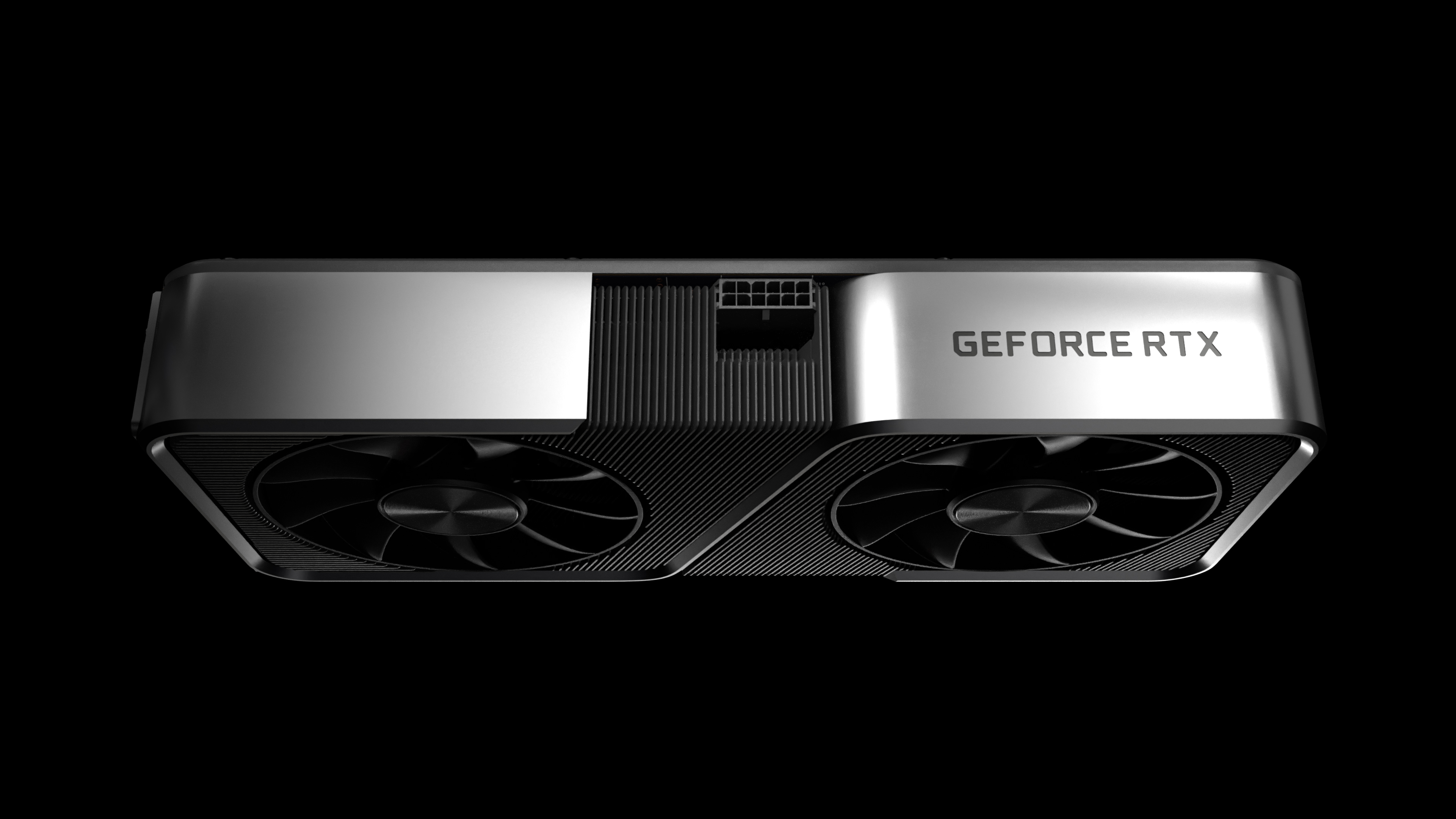

NVIDIA GeForce RTX 3070 Review: The Perfect 1440p Card
Pros
- Excellent 1440p performance
- RTX 2080 Ti level performance
- Efficient power consumption
- Great value proposition
- Compact design
Cons
- 8GB VRAM limitation
- GDDR6 vs GDDR6X in Ti model
- Limited availability at launch
- Ray tracing performance at 4K
Introduction
The GeForce RTX 3070 represents one of NVIDIA's most impressive achievements in the Ampere generation, delivering performance equivalent to the previous-generation flagship RTX 2080 Ti at a significantly lower price point. This card establishes a new standard for high-performance gaming at 1440p resolution.
Design and Build Quality
NVIDIA's Founders Edition features the same high-quality construction as its more expensive siblings, with a refined dual-axial cooling solution that manages heat effectively while maintaining a relatively compact form factor.

Gaming Performance
The RTX 3070 excels at 1440p gaming, delivering high refresh rates in modern titles while remaining capable of entry-level 4K gaming, especially when utilizing DLSS.
1440p Gaming Performance
- Cyberpunk 2077 (Ray Tracing Ultra): 75 FPS
- Microsoft Flight Simulator: 88 FPS
- Red Dead Redemption 2: 105 FPS
- Call of Duty: Modern Warfare III: 135 FPS
Ray Tracing and DLSS
The second-generation RT cores provide strong ray tracing performance at 1440p, while DLSS support helps maintain smooth framerates in demanding scenarios. The combination proves particularly effective in modern titles.

Content Creation
Content creators will find the RTX 3070 capable of handling various workloads:
- Video Editing: Strong performance in 4K timeline editing
- Streaming: Excellent NVENC encoding capabilities
- 3D Rendering: Competitive performance in Blender and similar applications
Thermal and Power Performance
The cooling solution proves highly effective, maintaining excellent thermal performance while keeping noise levels in check:
- Load Temperatures: 71°C average under full load
- Fan Noise: 35dB under typical gaming loads
- Power Draw: 220W typical gaming power draw
Memory Configuration
While the 8GB of GDDR6 memory might seem limiting compared to some competitors, the implementation proves efficient:
- Memory Bandwidth: 448 GB/s
- Memory Interface: 256-bit
- Memory Type: GDDR6
Overclocking
The RTX 3070 demonstrates good overclocking potential:
- Core: +175 MHz boost clock typical
- Memory: +1000 MHz effective typical
- Power Limit: 109% maximum
These overclocks typically yield a 7-10% performance improvement in most applications.
Value and Conclusion
The RTX 3070 stands out as one of the most compelling value propositions in the Ampere lineup. By delivering performance comparable to the previous generation's flagship at a much lower price point, it sets a new standard for price-to-performance ratio in the high-end gaming segment.
Long-term Considerations
While the 8GB VRAM capacity might become a limitation in future titles at higher resolutions, the card's excellent 1440p performance and DLSS support should ensure its relevance for years to come. The mature driver support and widespread adoption of DLSS further enhance its long-term viability.
Power Efficiency
One of the RTX 3070's standout features is its excellent power efficiency, delivering flagship-class performance while maintaining a reasonable 220W TDP. This makes it an excellent choice for users with modest power supplies or those concerned about energy consumption.
Performance Benchmarks
4K Gaming Performance
Specifications
- cuda cores
- 5888
- boost clock
- 1.73 GHz
- base clock
- 1.50 GHz
- memory
- 8GB GDDR6
- memory speed
- 14 Gbps
- tdp
- 220W
- recommended psu
- 650W
- architecture
- Ampere
- manufacturing process
- 8nm

